3 results matching: North Norfolk Railway
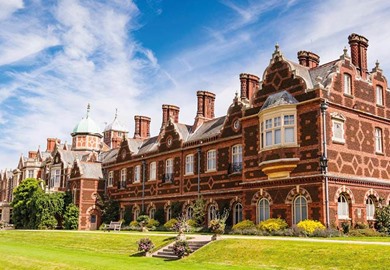
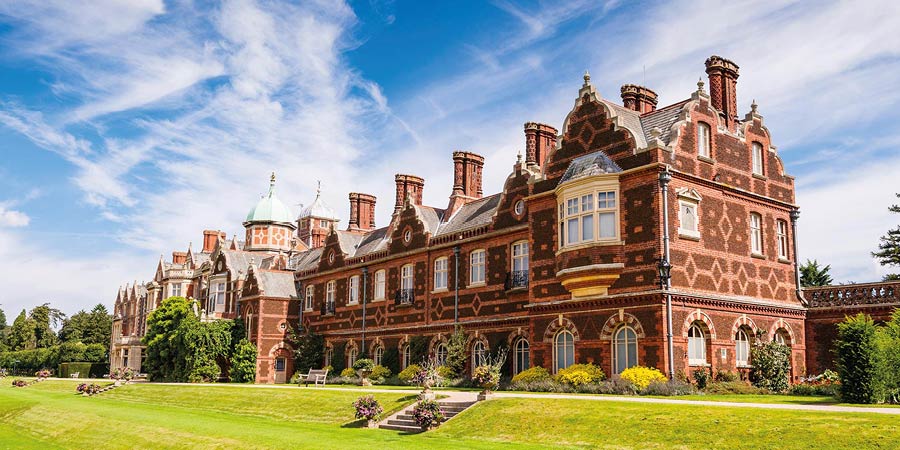
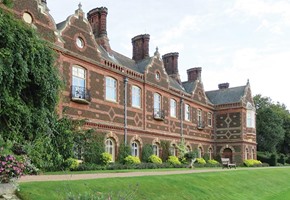
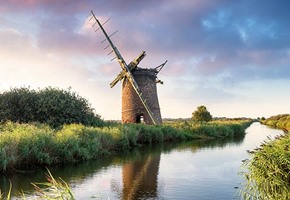
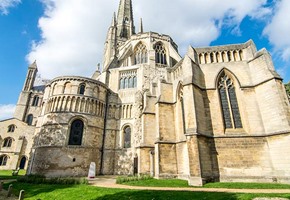
 (396 reviews)
(396 reviews)Discover the rich heritage and natural beauty of Norfolk and Norwich on a journey filled with historic railways, waterways and royal charm. Explore the medieval city of Norwich on a guided tour, cruise along the Norfolk Broads on a Mississippi paddle boat and step back in time on scenic journeys with the Mid and North Norfolk railways. We...
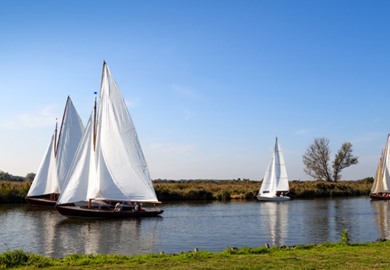
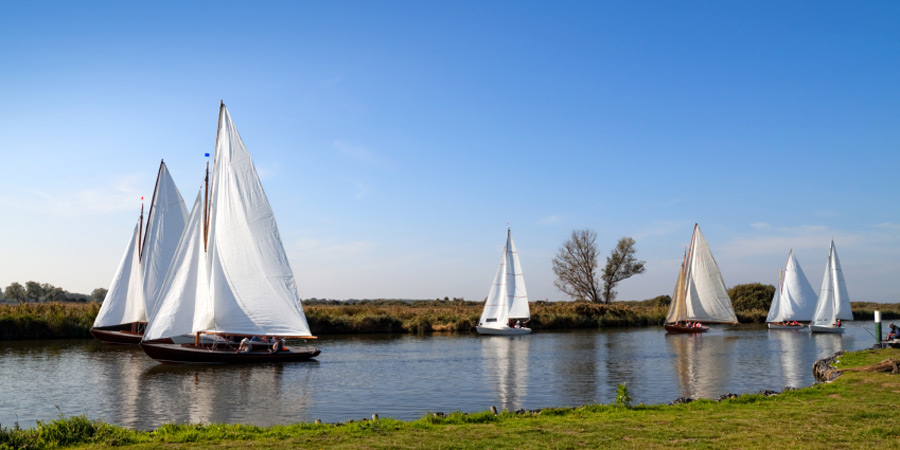
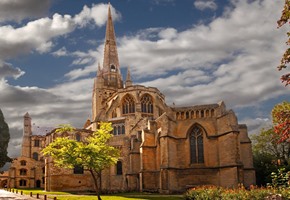
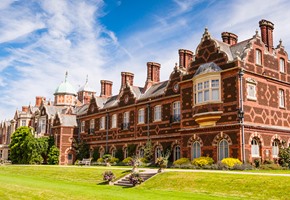
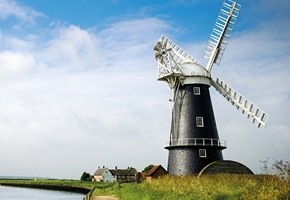
 (170 reviews)
(170 reviews)Discover timeless seaside towns, experience wonderful wildlife, and explore Sandringham - one of the best-loved stately homes of the British Royal Family - on this holiday to Norfolk. From our elegant boutique hotel, restored from a Victorian townhouse in a quiet conservation area in Norwich, we delve into this scenic region. Sail along the...
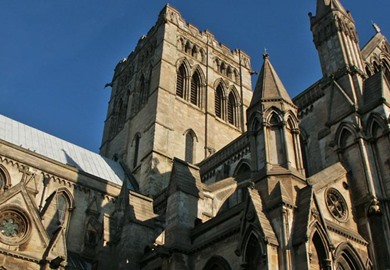
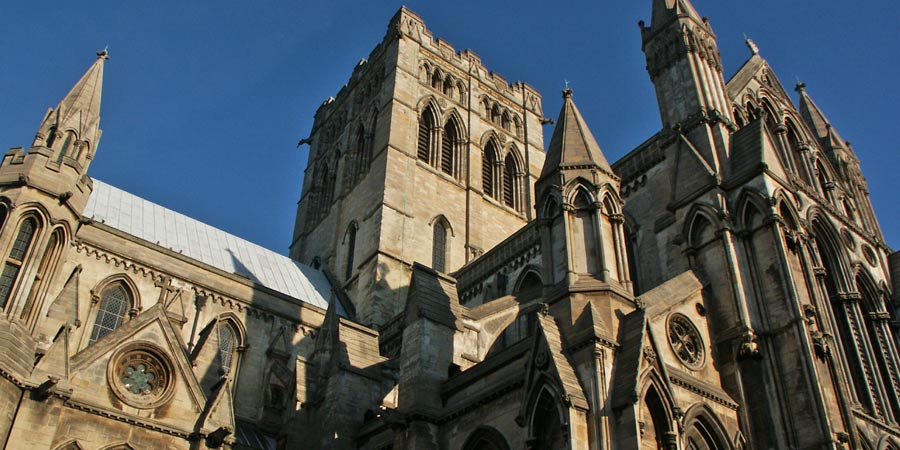
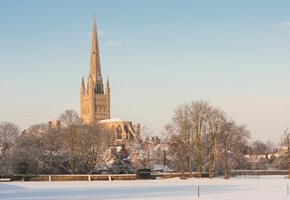
 (34 reviews)
(34 reviews)Experience Christmas in Norwich, a city brimming with history and yuletide cheer. Watch the seals of Horsey beach at one of the best times of year for wildlife viewing, enjoy a festive show on Cromer Pier and journey along the nostalgic North Norfolk and Bure Valley railways on seasonal specials. Discover medieval Norwich on a guided tour ...


